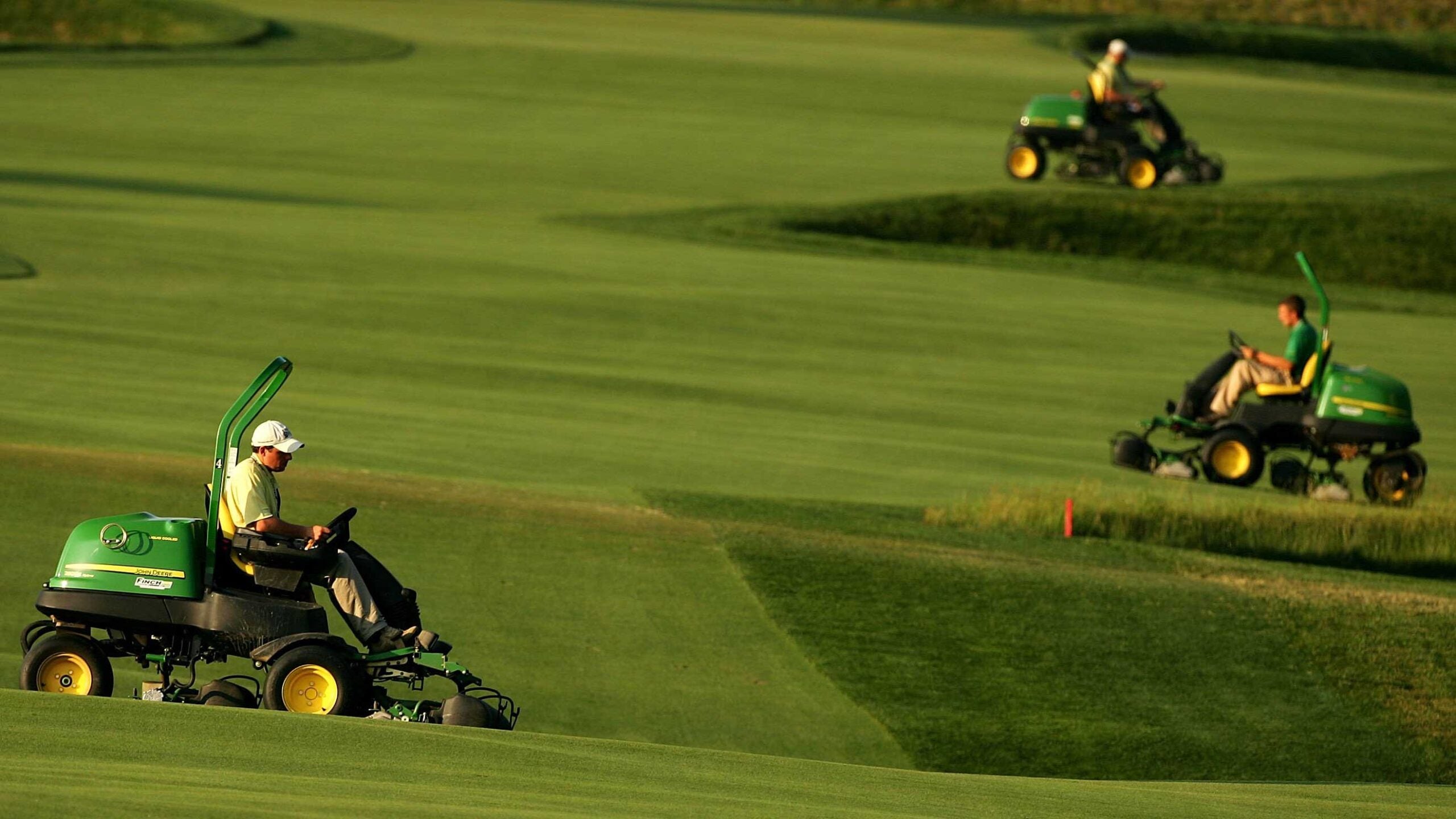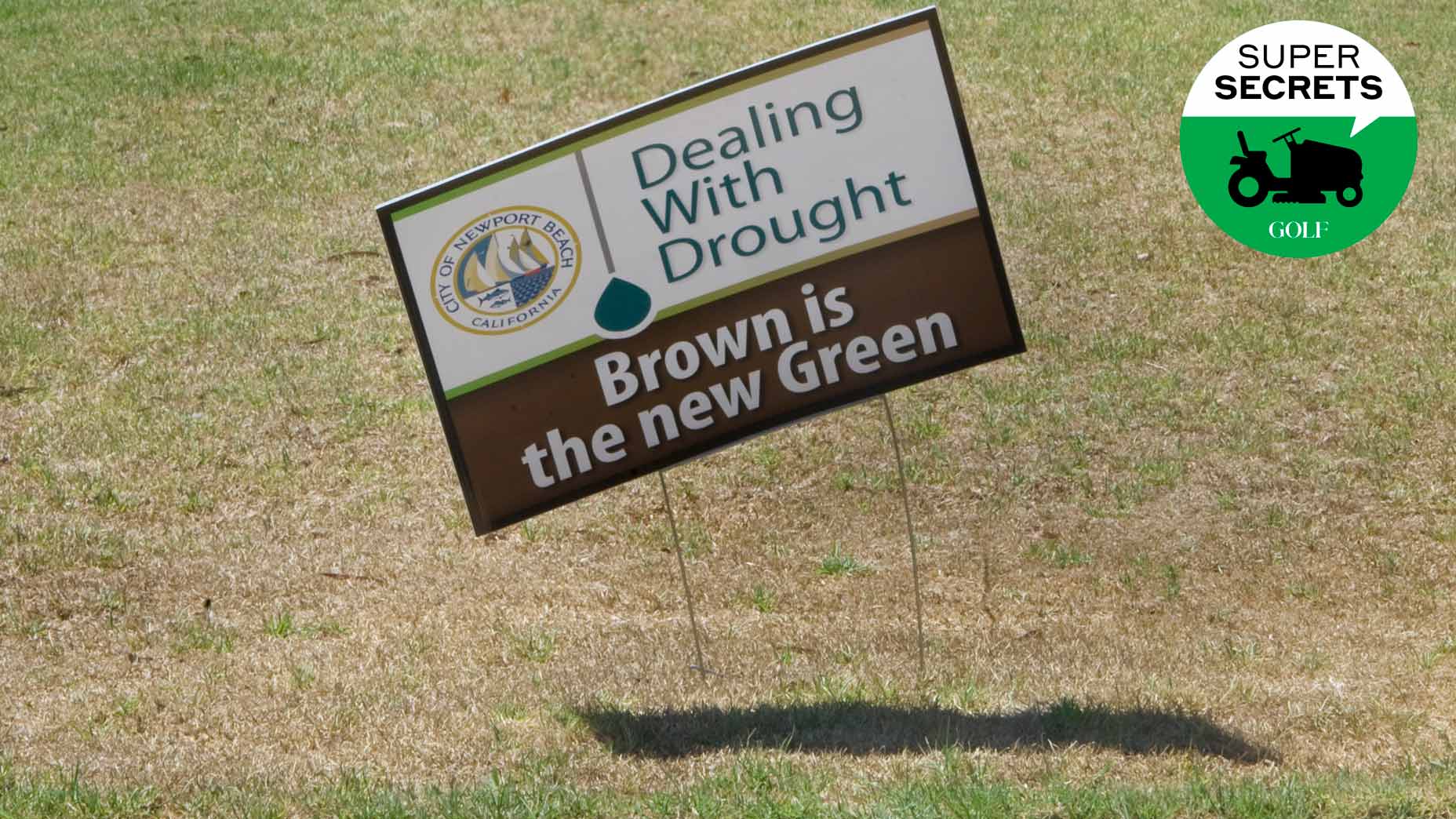Welcome to Super Secrets, a GOLF.com series in which we pick the brains of the game’s leading superintendents. By illuminating how course maintenance crews ply their trades, we’re hopeful we can not only give you a deeper appreciation for the important, innovative work they do but also provide you with maintenance tips that you can apply to your own little patch of paradise. Happy gardening!
***
If the greens you play are pure and the fairways primo, then you owe a debt of gratitude to your golf-course superintendent. One way to repay him or her is to do your part with upkeep. It doesn’t take a lot. Even a modest collective effort can have a major impact on course conditions, says Dan Cutler, superintendent of Rio Verde Country Club, in Arizona, and co-host of From the Jingweeds, a podcast dedicated to the turf-care trade. In the spirit of community-minded maintenance, here are 6 simple habits every golfer should embrace.
1. Repair your pitch marks (properly!)
Few sights in golf are sadder than a pock-marked green, rough and cratered like the surface of the moon. Fix every mark you make, Cutler says. While you’re at it, fix a few others. Just make sure to get the repairs right. Though you can use a tee to do the job, a divot-repair tool is more efficient. A common error is to dig down and pull up, which can tear the grass roots and kill the turf. The proper technique is to work around the pitch mark, pulling the surrounding turf toward the center of the depression, as shown here.
2. Fill divots (properly!)
“To the level of the earth, not the level of the turf.” That’s your rhyming guide to filling fairway divots. After covering the torn-up area with sand, sweep that sand smooth with your feet so that it’s even with the ground and not the top of the grass. Leaving behind little humps and hillocks of sand is a problem for two reasons. Not only does it dull mower blades, but it also allows new grass to germinate above the level of the soil, resulting in uneven patches in the fairway.
5 sneaky ways superintendents keep golf courses looking goodBy: Josh Sens
3. Save the sand
There are a million ways to hit a ball into a bunker, but only one way you should be going in yourself. “Enter on the low side,” Cutler says. This isn’t mountaineering. Climbing up and down the steep side of the sand is bad for the integrity of the bunker. It’s also a good way to turn your ankle. Exit the bunker the same way you entered, taking care to tap your shoes clean so you don’t track sand onto the green. Though sandy footprints don’t damage turf, you owe that simple kindness to the groups behind you.
4. Park on the paths
If Cutler has seen it once, he’s seen in a zillion times: golfers arriving at a tee box or a green who park their buggies with two wheels on the path and two wheels on the turf, so as not to block the way for maintenance vehicles or the beverage cart.
“I know that people are trying to be polite, but I’d much rather have a beverage cart rolling over the turf once every few hours than carts parking on it every seven minutes,” Cutler says. Bottom line: Keep four wheels on the path. It’s better for the course to let others go around.
What golfers really want from their courses, according to superintendentsBy: Zephyr Melton
5. Limit your off-roading
It might seem like a harmless trespass, riding up the fairway on a straight path to your ball. Trouble is, the tracks you leave behind will be tracks that others follow, over and over, resulting in a trail of tire damage on the turf. Also: When a course says cart paths only, that means cart paths only. Same goes for the 90-degree rule, which is grounded in grade-school geometry and is just about as easy to understand.
One aspect of it does call for clarification, though. If you drive it 220 down the middle and your partner flies it 50 yards past you, cut horizontally to your ball first, then drive directly up the fairway to your partner’s ball and then cut back to the path from there, rather than crisscrossing back and forth. “Basically, we’re just trying to keep you off the turf as much as possible,” Cutler says. “The less time the carts are on it, the better it is for the grass.”
6. Walk!
Unless you’re physically unable, or riding is required, try playing the game as it was first intended. It’s better for your health. Better for the course, too.












